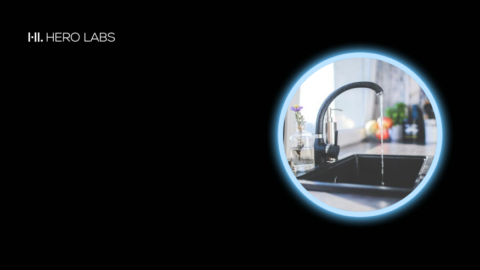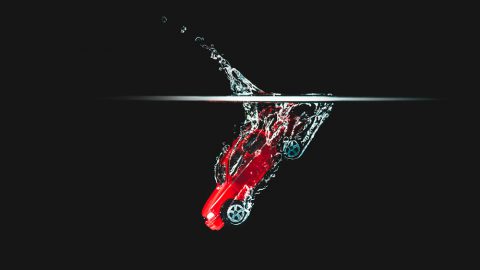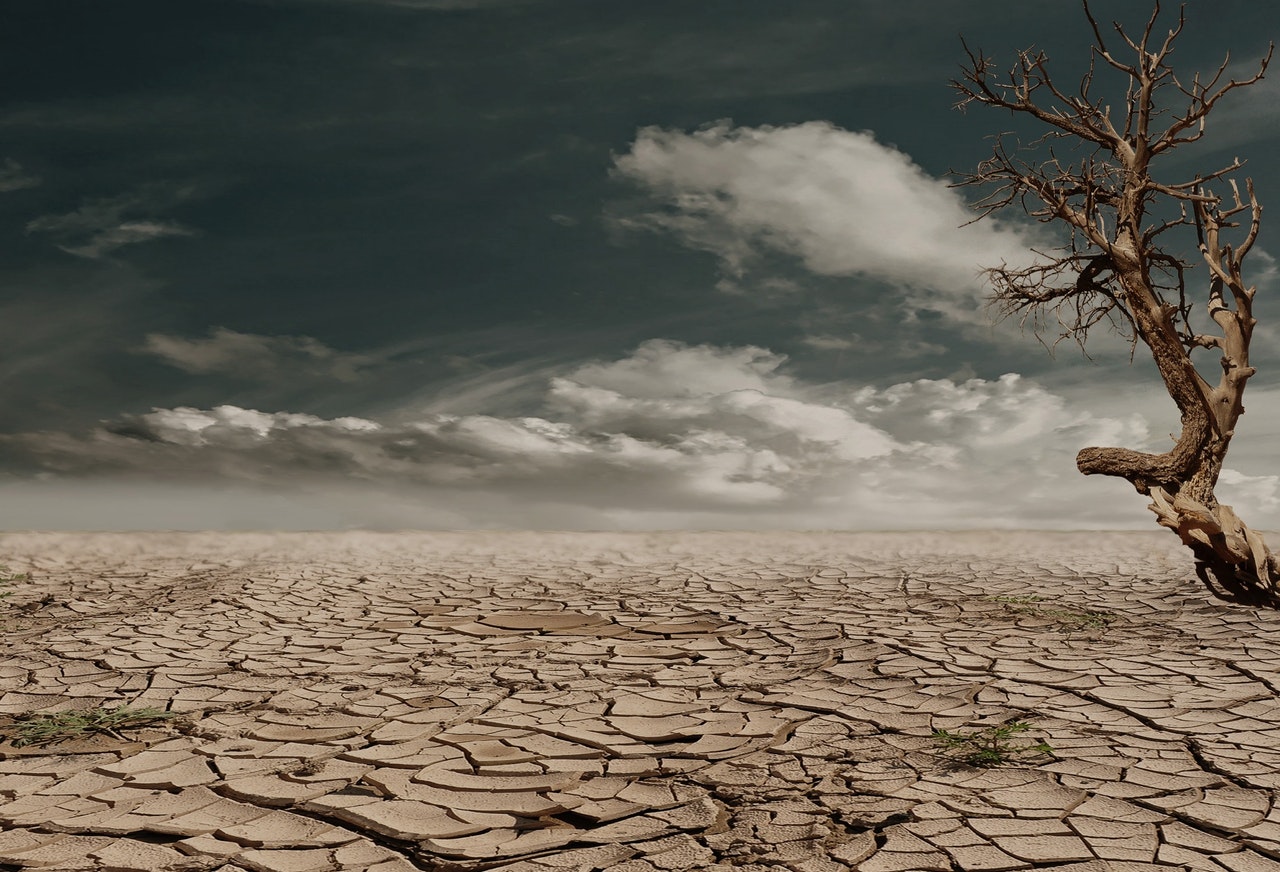
Cacti, Camels and Kangaroo Rats – The wonderful world of creatures that survive for weeks without water.
If you’re a human person, like most of the Hero Labs team, you’ll probably be aware of the fact that you can’t go for very long without water. The commonly cited figure is three days, although if it’s hot enough or you’re exercising hard, you can pass out from dehydration in a matter of hours.
The longest anyone is thought to have survived without water is a dizzying 18 days. The questionable honour of “world’s thirstiest man” goes to a very unfortunate fellow named Andreas Mihavecz who, in 1979, was picked up by the police in his hometown of Bregenz in Austria.
An 18-year-old Mihavecz was brought to the station and placed in a holding cell, pending further questioning. Unfortunately for him, the arresting officers promptly forgot he existed. Mihavecz’s cell was in the basement of the police station and nobody could hear him call for help – so there he stayed, without food or water, for 18 long days and nights. It was only by chance that another officer headed down to the supposedly empty basement and discovered poor Mihavecz’s plight.

We’re relieved to report that Mihavecz did eventually stage a full recovery, after several months in intensive care. He emerged 25 kilos lighter (and probably quite annoyed) to sue the officers involved. After a circus of a trial where all three officers attempted to blame and destroy each other’s characters, he was awarded the princely sum of 250,000 Austrian schillings in compensation – equivalent to about 19,000 Euros.
That might seem like rather poor compensation for such a gruelling ordeal. If you’re feeling bad for Mihavecz, you might be pleased to learn that his brush with death did also earn him a place in the Guinness Book of World Records. Unfortunately for him, the record was later retracted when Guinness decided to exclude fasting from its list of accepted records – along with other unadvisable activities like “most alcohol consumed”, “most diseases contracted” and “most speeding tickets on public roads”. His story even later showed up in a book of debunked urban legends, claiming it was a “total myth” based on a medieval German folk tale updated with a modern twist.
But the real twist in this sorry tale? Mihavecz hadn’t even committed a crime when he was thrown in the cell that day. He was an innocent passenger in a car crash, brought in to testify as an eye-witness. Some people just can’t catch a break.
Dive in
Humans generally don’t like going for more than a day without water, but elsewhere in the world, there are all sorts of weird and wonderful animals that have adapted to a life with very little water – or even none at all. Some of them go without a drink for six months, as they store water from the rainy seasons and sit out the summer heat. Some of them can go for years if they need to. And one little guy – arguably the featherweight water conservation champion of the world – has been known to go his entire life without a single drop.
Hold your water bottle close dear reader, because it’s time for a deep dive into the waterless world of these amazing and ingenious creatures.
One hump or two?
Let’s kick off our countdown with the common camel, the notoriously foul-tempered “ship of the desert”. Many people know that camels can store water in their humps for months at a time to survive the blistering desert heat. Many people are also wrong. Camels don’t store water in their humps at all – at least, not in the form of water.
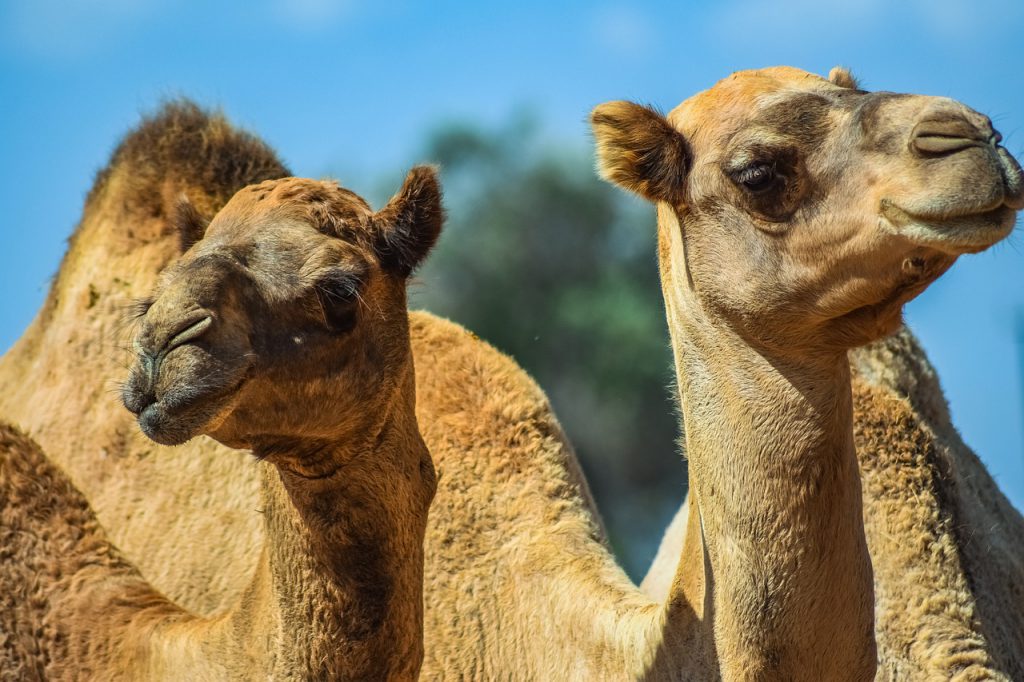
As we discussed in another Hero Labs blog, animals (and humans) actually extract most of the water they need from their food. A gram of fat provides about 1ml of water – so rather than carry water in their humps, camels store massive lumps of fat (up to 40KG per hump) and metabolise it gradually to meet their moisture needs.
They also have long, rubbery lips that allow them to eat without exposing the moist interior of their mouths to the desert heat, and three stomachs to maximise water and nutrient absorption from the food they do find. The process is so efficient that their droppings are bone dry and regularly burned for fuel (lovely).
On top of that, camels have evolved elliptical blood cells with a thinner, more streamlined profile than our own. Where a human’s blood becomes too thick if we lose about 15% of our fluid weight, a camel can dehydrate by as much as 40% and keep on keeping on. They can also choose which parts of their body perspire to selectively cool off. Pretty amazing!
You might be wondering – if fat is such a good water source, why don’t we see more obese desert dwellers just rolling down the dunes? Well, fat’s also an amazing insulator, so it’s not ideal to carry around a full coat in the desert heat. Hence, the camel has his humps, and the Gila monster of Mexico tucks it away in the tip of his tail. Very clever!
Waxing Lyrical
While the Gila seizes thirst by the tail, other animals prefer to simply bury their heads in the sand and wait for wetter weather.
The Spadefoot Toad of the Colorado desert can survive for nine months without a drink by digging itself down into the cool, damp sand beneath the desert surface and waiting out the heat (hence the name “Spadefoot”). Safely out of the burning sun, it settles into a state of deep hibernation and slowly grows a thick, waxy cuticle all over its body to protect itself from evaporation. It’s a trick that’s also seen in some Amazonian treefrogs, like wonderfully named “Waxy Monkey”.
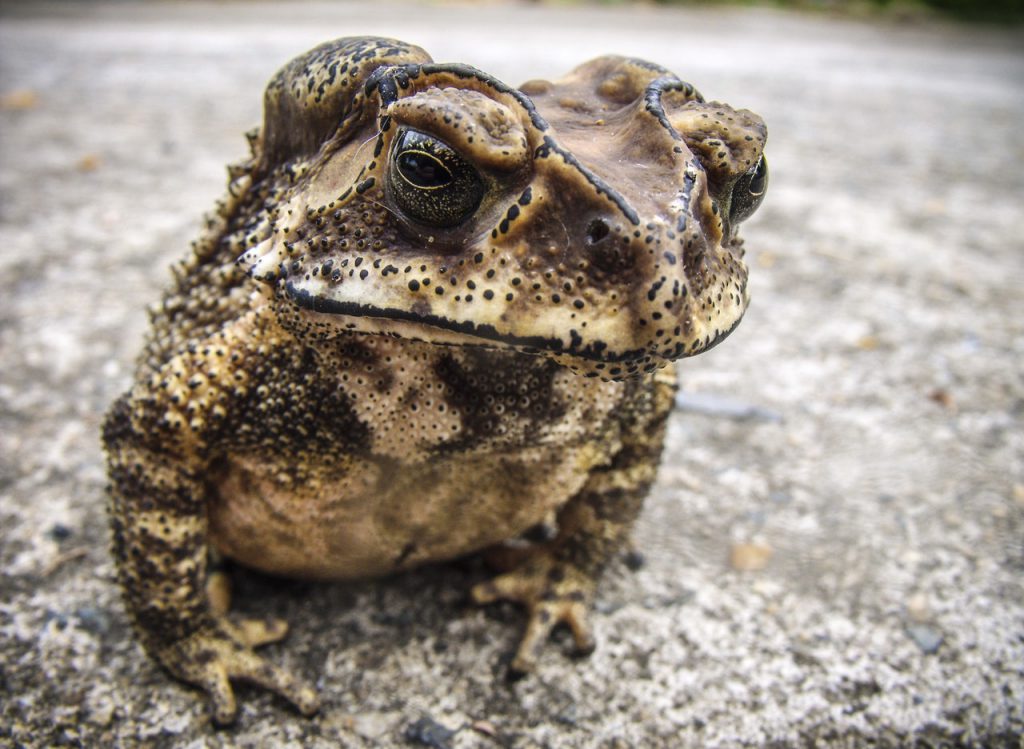
Even more incredibly, there’s a fish in West Africa that can live out of water for as much as a year at a time. It’s called the African Lungfish, and it’s every bit as good looking as it sounds.
Much like the Spadefoot and Waxy Monkey, the Lungfish can embalm itself in slime to stave off dehydration. But, not to be outdone, it also has two sets of lungs – one for air, one for underwater – and strange, half-formed, lizard-like legs that let it clumsily scoot around on land. When the flood plains it calls home dry out for the summer, it switches its diet from frogs and fish to roots and seeds and carries on with its life. Many scientists believe the Lungfish’s amazing amphibious nature provides clues as to how the first land-dwelling creatures crawled out of the oceans some 400 million years ago.
Tubercles and spines!
If you though the Lungfish was a looker, check out the Thorny Devil of Central Australia. The first scientist to observe him back in 1923 called him “a truly repulsive creature covered in tubercles and spines”, and rather unkindly gave him the Latin name “Moloch Horridus”. The “Moloch” part refers to a blood-smeared God of human sacrifice from Paradise Lost, while the “Horridus” part you can probably figure out for yourself.
His cantankerous appearance is certainly something to see, but it’s not the reason he’s so remarkable. Those bony thorns do more than keep Moloch Horridus off the menu – they also provide an incredible system for collecting and delivering water to the soft body within.
The Thorny Devil’s scales are peppered with invisibly tiny channels, around 5 µm in diameter (five-millionths of a meter). For comparison, a human hair is usually about 100 µm. Whenever there’s moisture in the air – a morning dew, or even a rare bout of rainfall – these scales provide an enormous surface area for it to condense, leaving the lizard covered in a sheen of lifegiving liquid.
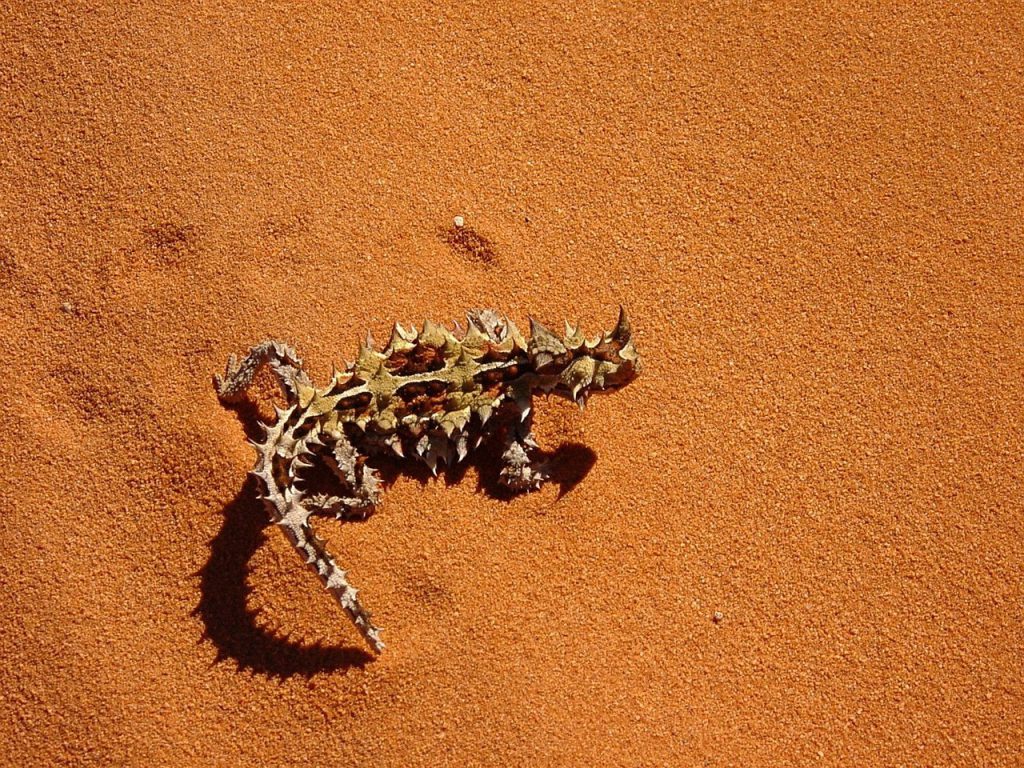
Even more incredibly, he then creates a vacuum in his mouth to pressurise the channels and draw water right into his body like sucking through a straw. This system of “hygroscopic plates” is so ingenious that scientists are trying to recreate it in the lab, to explore its use as a passive water purification technology, a way of evaporatively cooling buildings, and even as an on-demand water barrier to fight fires. Not just a pretty face then, Moloch Horridus.
The Taming of the Kangaroo
You’d be forgiven for thinking the Thorny Devil is the undisputed king of water conservation. But there’s a featherweight underdog who might just have a shot at the crown – the Kangaroo Rat of North America.
This cute feller bucks the trend as the only furry face on our list. He’s also not actually a rat – he’s most closely related to either a shrew or a gopher, depending on who you ask. He’s also not even remotely related to the Kangaroo, although he can jump up to nine feet in the air to escape danger.
But far more incredibly, the Kangaroo Rat can – and often does – go its entire life without a drop of water. Not one millilitre. While their average lifespan is five years, some specimens have been known to live for as long as a decade without drinking once.
They manage this astounding feat by extracting all the water they need from their diet of seeds, grass and the occasional passing insect, which they also can store in hamster-like cheek pouches for later consumption. They don’t salivate, sweat or pant. Their glossy fur has a special coating that locks in even more precious moisture. Their long snouts have huge internal surface area, and a nose that stays cold no matter how hot the day gets – so when they exhale, they condense almost all of the water out of their breath before it leaves their body. Their kidneys also have an enormous surface area to extract almost all the water in their urine, meaning they only pee a tiny amount about once a month.
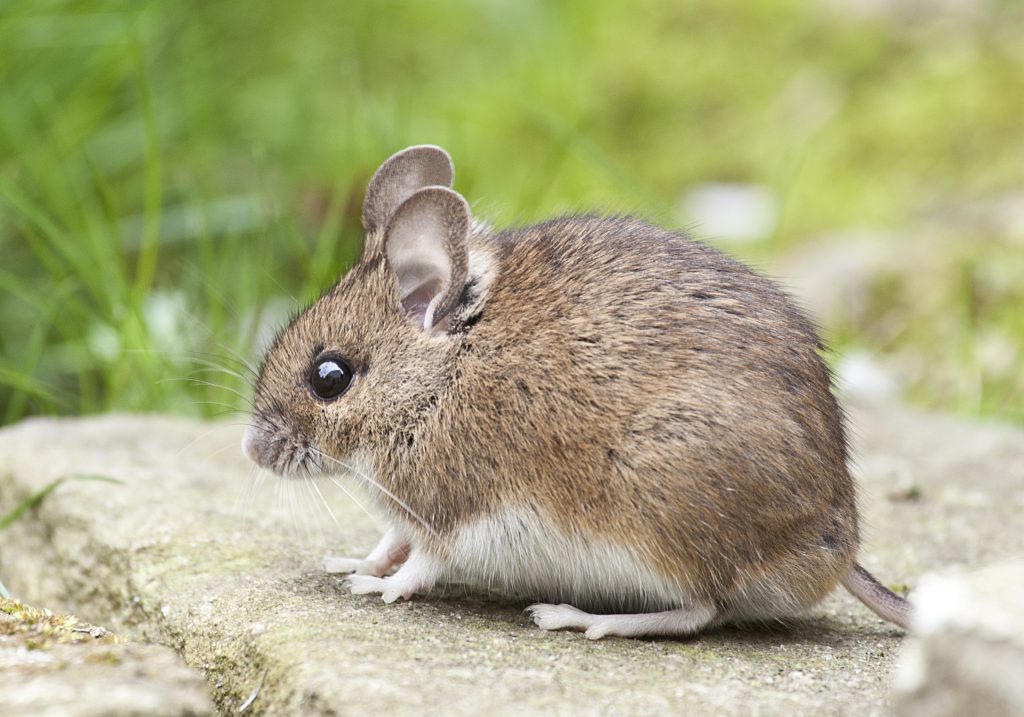
Plus – in case you haven’t noticed – they are CUTE!
It is on this basis that we crown the Kangaroo Rat the king of water conservationists. He might be small, but it’s hard to think of any animal as finely adapted to its environment as this furry fellow. He might be pretty low on the food chain, but with those water-saving skills, he’s doing alright in our books.
If reading this had you thanking the universe for the liquid in your taps, why not check out our handy guide on how to find a leak in your home? Or even better – show water some real love, and sign up to below for news on the launch of Sonic, the smartest leak detection system ever designed. Coming soon to a pipe near you!
